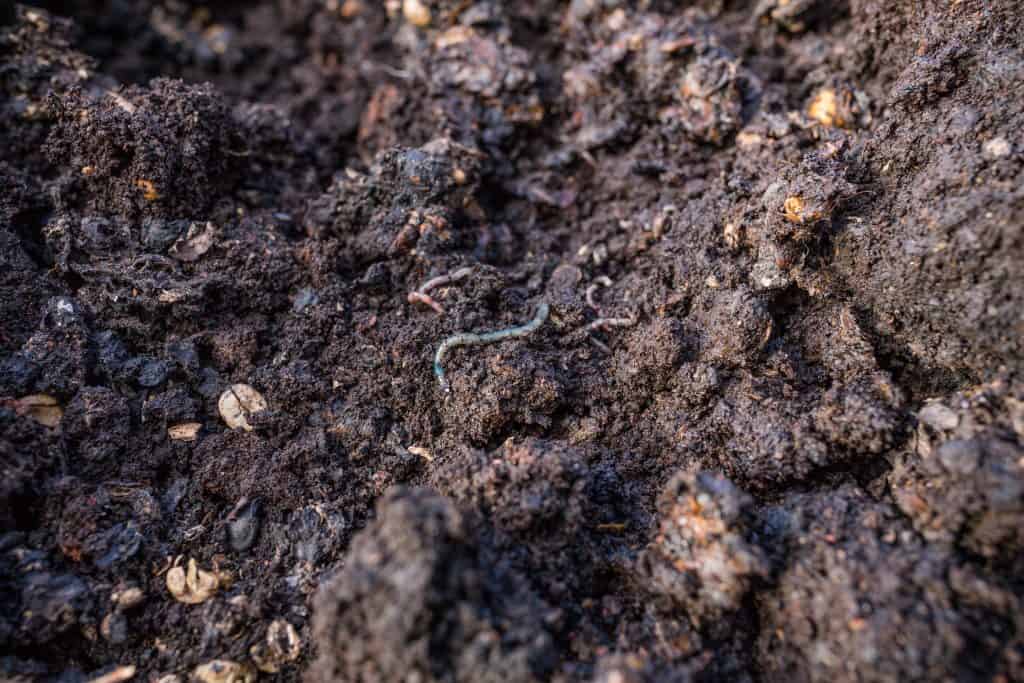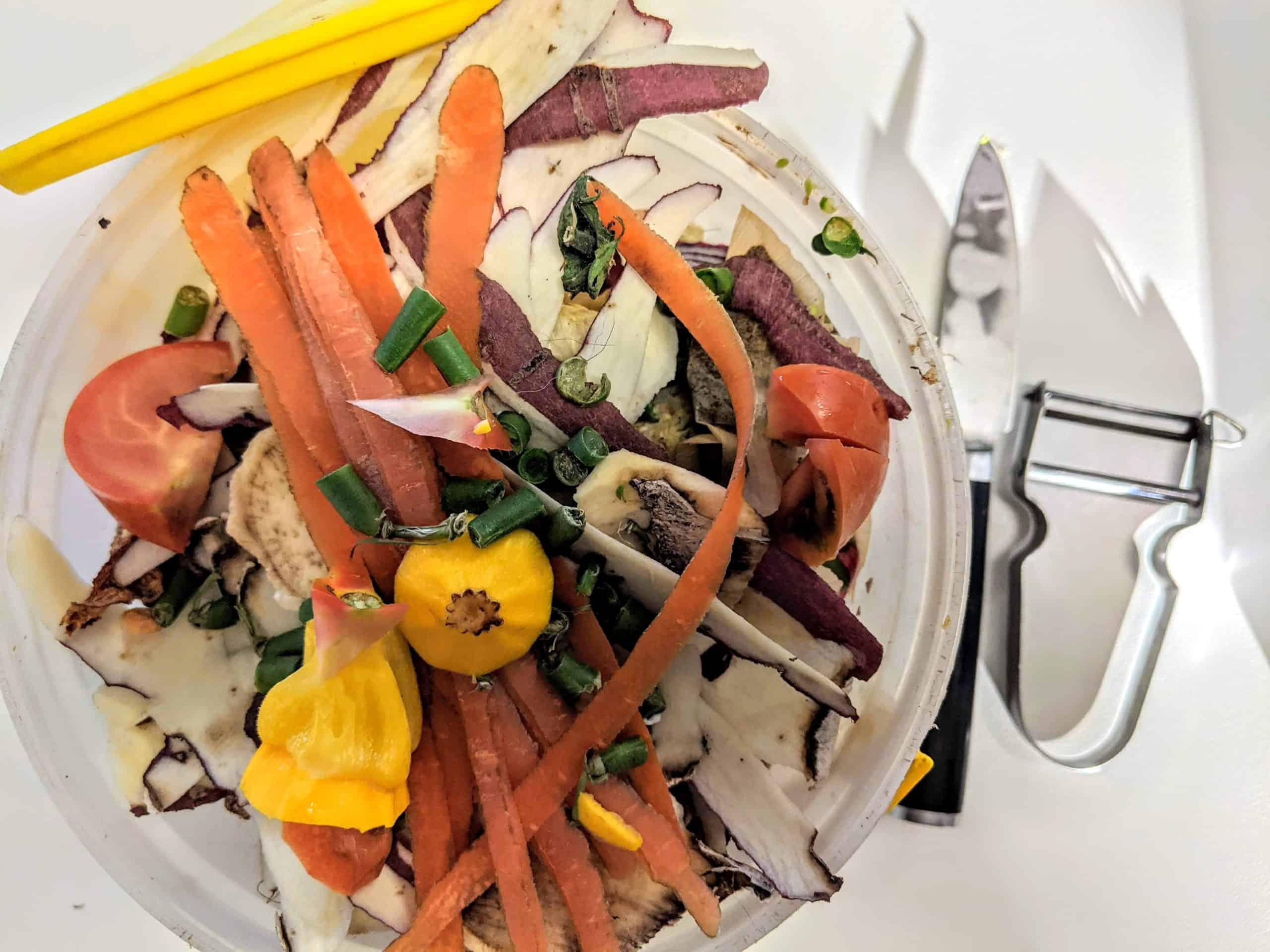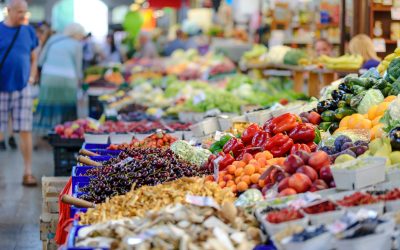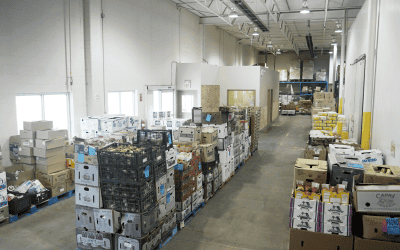Composting is the fifth tier of the EPA’s Food Recovery Hierarchy. It’s a great way to reduce food waste and build a circular ecosystem in your backyard. Composting, simply put, is the decomposition of food waste and other organic materials mixed into a repurposed fertilizer. It provides excellent nutrient benefits to the soil you combine it with, thus improving the quality of growth in the garden.
Don’t throw away food scraps like vegetable peels, egg shells or coffee grounds! Follow the tips below and compost them instead.
Benefits of composting for the planet
- Reduces landfill waste—by turning your trash into organic treasure, you’re putting your waste to good use.
- Lowers your carbon footprint—a study found that composting organic waste vs. sending it to the landfill can reduce more than 50 per cent of carbon dioxide-equivalent greenhouse gas emissions.
- Conserves water—composting retains moisture from the waste, which then (eventually) adds moisture to the garden.
How to start your own compost
The first step is finding the best compost bin for your lifestyle and where to place it. This designation also allows you to consider what composting method you will pursue.
Outdoors
The main type of composting outdoors is called aerobic decomposition, which is the decomposition of organic materials in the presence of oxygen (and the most common type found in nature.)
Hot or open air composting is a pile built up in your yard, ideally in a bin for maintenance. Usually, placing a compost bin in a farther corner of the yard where there is overall less foot traffic is best (because it will also attract the likes of bees and wasps.) And, of course, consider the odour that could waft from the compost bin. Find a location that is both convenient and tolerable.
Another option is trench composting (also called in-ground or direct,) where you dig a deep hole in your yard and begin to dump food and yard waste into it. Simple, and no fuss beyond the initial dig, though having a covered bin is generally a little more manageable.

Vermicomposting leverages the power of earthworms, which speed up aerobic decomposition. This means they increase the amount of oxygen in the waste pile, which is what outdoor composting is all about.
With an outdoor setup, it is recommended to “turn” the compost with a shovel or even your hands to increase the oxygen flow.
Indoors
Balcony, patio, and rooftop gardeners, you can also rejoice! There are new indoor compost bins on the market that are suitable for all different types of living arrangements.
Those who have compost/green bins in the kitchen can also dump their bins into the outdoor compost on a schedule, as you would take out the garbage.
Once you’ve determined the best bin and placement, indoors or outdoors, here are some ways to make your composting efforts effective.
Compost by colour
Brown materials (eggshells, dry leaves, wood chips, etc.) create carbon, increasing oxygen flow in the pile.
Green (coffee grounds, fruit & veggie waste, weeds) supply the nutrients and are particularly high in nitrogen, all of which help plants, fruits and veggies thrive.
Knowing the basics and the environmental benefits of composting helps guide you toward this healthy habit to combat food waste.





